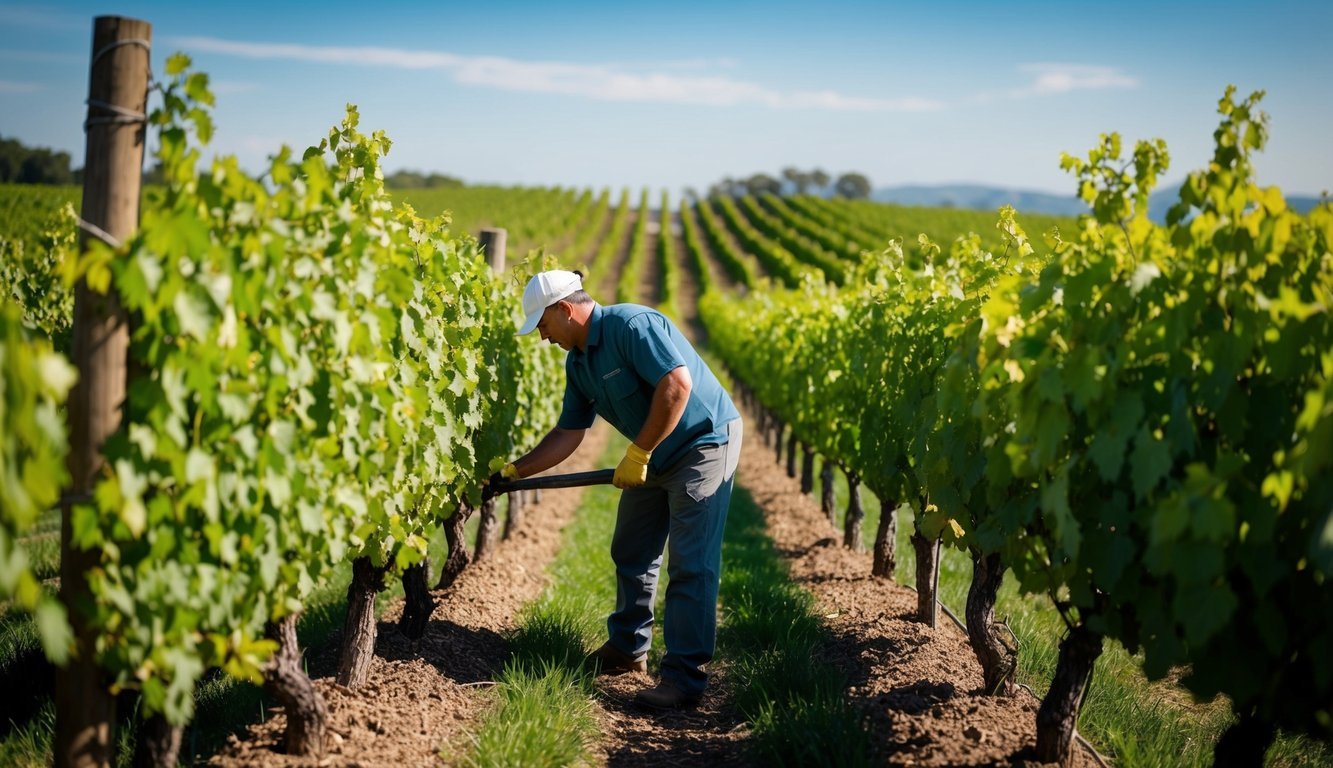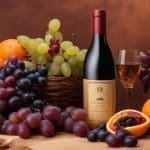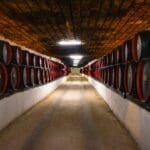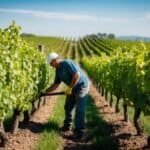This post may contain affiliate links. Please read my disclosure policy.
Ever wondered about the hidden gems in the world of wine? Fifth growth wines might just be the answer you’re looking for. These wines come from a unique group of Bordeaux châteaux ranked in the 1855 classification.
Fifth growth wines offer great value for money, often rivalling higher-ranked wines in quality. They’re made by talented winemakers using top-notch grapes from some of Bordeaux’s best vineyards. You’ll find rich flavours and complex aromas that can rival pricier bottles.
Looking to try a fifth growth wine? You might enjoy a glass of Château Lynch-Bages or Château Pontet-Canet. These wines showcase the best of Bordeaux while being more accessible than other classified growths. For a taste closer to home, you could try an Aussie Cabernet Sauvignon from Margaret River, which can offer similar depth and character.
History of the Bordeaux Classification
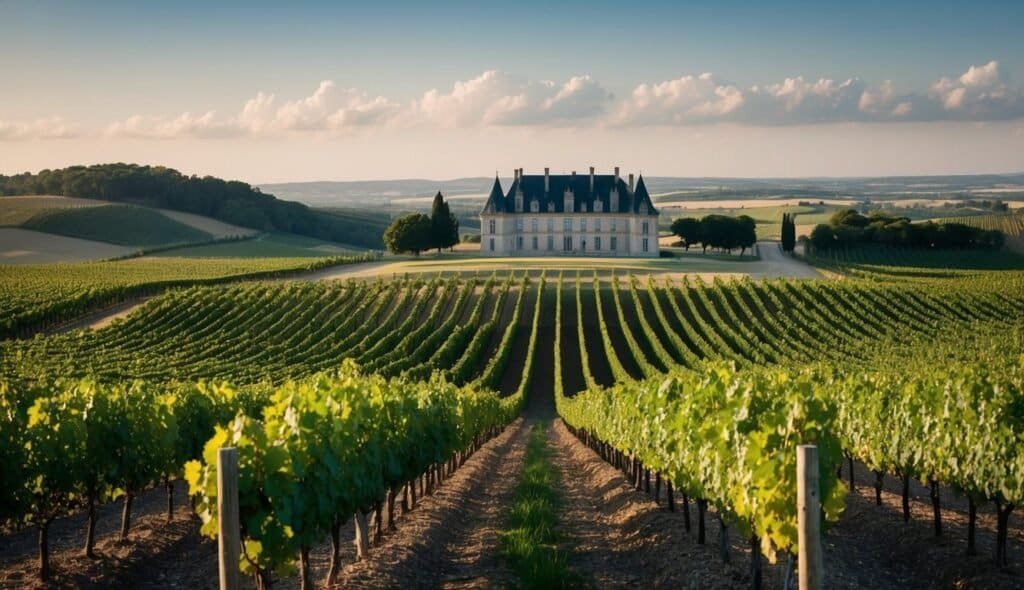
The Bordeaux Classification is a ranking system for French wines that has shaped the wine industry for over 150 years. It categorises wines based on quality and price, with significant impact on the reputation and value of Bordeaux wines.
Origins in 1855
The Bordeaux Wine Official Classification began in 1855. Wine brokers created this system to rank the best Bordeaux wines. They based their rankings on the prices and quality of wines from different châteaux.
The classification focused mainly on red wines from the Médoc region. It also included one wine from Graves. The brokers divided the wines into five tiers, known as growths.
This system has largely stayed the same since 1855. Only a few changes have occurred. The most notable was the promotion of Château Mouton Rothschild to First Growth in 1973.
Napoleon III and the Exposition Universelle de Paris
Emperor Napoleon III played a key role in the creation of the Bordeaux Classification. He wanted to showcase France’s best wines at the 1855 Exposition Universelle de Paris.
Napoleon III asked Bordeaux’s Chamber of Commerce to create a ranking system. This would help visitors from around the world understand the quality of different wines.
The resulting classification became more than just a guide for the exposition. It turned into a lasting system that still influences the wine market today. The ranking has helped shape the reputation and prices of Bordeaux wines for over a century and a half.
Understanding the Fifth Growth Status
The fifth growth classification in Bordeaux wine is an important but often misunderstood ranking. It’s part of a larger system that rates wine estates based on quality and price.
Definition and Criteria
Fifth growth is the last tier in the 1855 Bordeaux Classification. This ranking system sorted Bordeaux’s top châteaux into five categories. The fifth growth includes 18 estates.
To be a fifth growth, a château had to meet certain standards:
- Consistent quality wine production
- Good reputation among wine merchants
- Higher prices compared to unclassified wines
Fifth growth estates make up a big part of Pauillac. This area has 12 fifth growths, nearly one-fifth of all classified Médoc wines.
Comparison to Other Classifications
Fifth growths sit below first, second, third, and fourth growths. But this doesn’t always mean lower quality. Some fifth growths, like Château Lynch-Bages, make wines as good as higher-ranked estates.
The gap between growths has narrowed over time. Many fifth growths now make wines that rival second growths in quality and price. Château Pontet-Canet is a good example. It often costs as much as second growths.
When you’re choosing wine, don’t just look at the growth. Try wines from different levels to find what you like best. You might be surprised by the quality of a fifth growth Bordeaux.
Notable Fifth Growth Estates
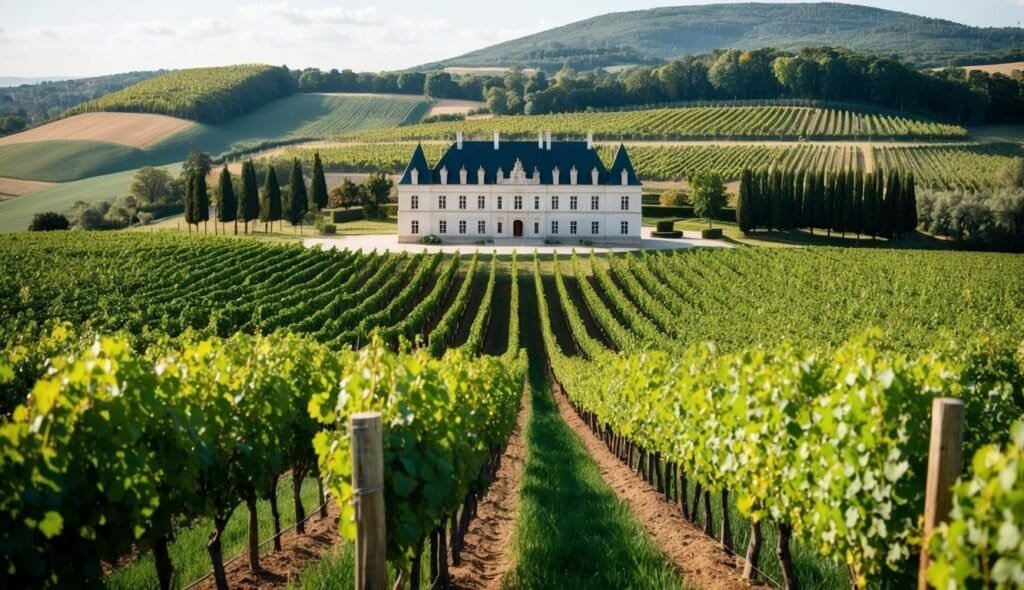
Fifth growth wines offer exceptional value and quality. Two standout estates in this category are Château Pontet-Canet and Château Batailley, both known for their remarkable improvements in recent years.
Château Pontet-Canet
Château Pontet-Canet has become a star among fifth growth Bordeaux wines. Under the leadership of Alfred Tesseron, this estate has made significant strides in quality.
The château adopted biodynamic farming practices in 2004, leading to more expressive and pure wines. You’ll find their wines rich and powerful, often compared to higher classified growths.
Pontet-Canet’s wines are known for their deep colour, intense fruit flavours, and firm tannins. They age beautifully, developing complexity over time. If you’re after an Aussie alternative, try a bold Coonawarra Cabernet Sauvignon.
Château Batailley
Château Batailley is another fifth growth estate that’s worth your attention. Located in Pauillac, it’s one of the 12 fifth growths in this prestigious appellation.
Batailley produces classic Pauillac wines with a focus on Cabernet Sauvignon. You’ll find their wines to be robust and structured, with notes of blackcurrant and cedar.
The estate has seen steady improvement, with recent vintages showing more precision and elegance. For a similar style from Down Under, look for a Margaret River Cabernet blend.
Evaluating Quality and Price
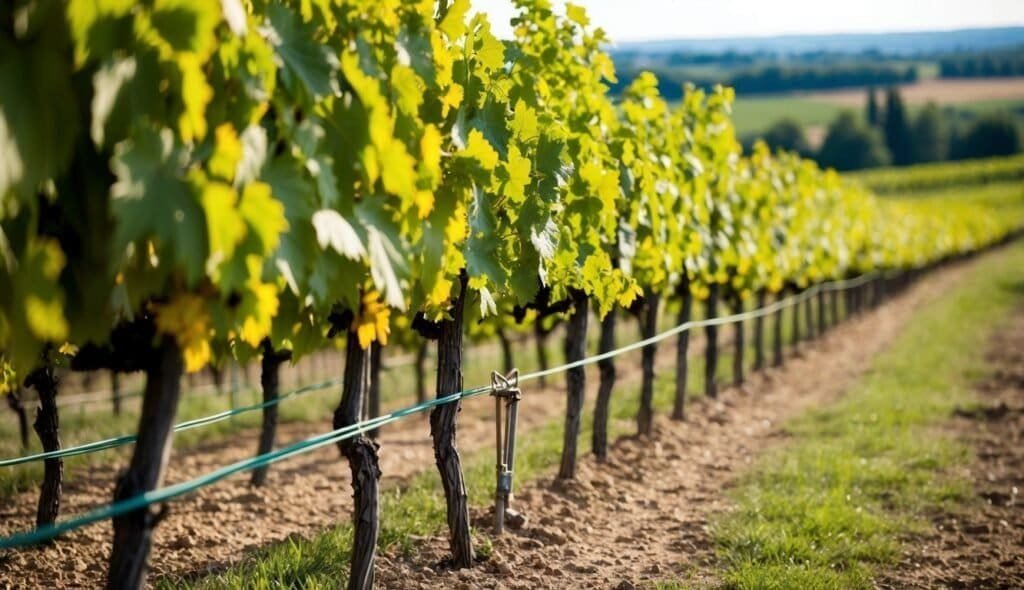
Fifth growth wines offer a mix of quality and value. You’ll find they can vary widely in price and reputation.
Factors Influencing Price
Quality plays a big role in fifth growth wine prices. Vintage, ageing potential, and critics’ scores all affect cost. Better years often mean higher prices. A great fifth growth can fetch $100 AUD or more per bottle.
Reputation matters too. Some châteaux consistently make top wines. Others are more hit-or-miss. Brand power can drive up prices regardless of actual quality.
Supply and demand also impact cost. Limited production runs can make prices soar. Popular regions like Pauillac often command higher prices than lesser-known areas.
Investment and Collectibility
Some fifth growths are seen as smart investments. They can gain value over time, especially from top vintages. You might buy young wines to age and sell later for a profit.
Not all fifth growths are equal for investing. Look for well-regarded producers with a history of quality. Wines from Ch??teau Lynch-Bages or Ch??teau Pontet-Canet are often prized by collectors.
Storage is key for investment-grade wines. Proper cellaring helps maintain quality and value. You’ll need to factor in storage costs when considering investment potential.
Auction prices can give you an idea of a wine’s collectibility. Keep an eye on trends in the fine wine market. This can help you spot potential bargains or overpriced bottles.
The Global Impact of Fifth Growth Wines
Fifth growth wines from Bordeaux have made their mark on the global wine scene. These wines offer great value and quality, attracting wine lovers worldwide.
Wine Production and Terroir
Fifth growth wines showcase the unique terroir of Bordeaux. The region’s climate and soil create ideal conditions for growing top-quality grapes. Bordeaux’s limestone-rich soils give the wines their distinct character.
Many fifth growth vineyards use traditional winemaking methods. These include hand-harvesting grapes and ageing wine in oak barrels. Some producers also blend different grape varieties to create complex flavours.
The appellation system in Bordeaux ensures high standards. It sets rules for grape varieties, yields, and winemaking practices. This helps maintain the quality and reputation of fifth growth wines.
Fifth Growths in the International Market
Fifth growth Bordeaux wines have gained popularity with global consumers. You’ll find these wines in fine dining restaurants and wine shops around the world. Their quality-to-price ratio makes them attractive to both collectors and everyday wine drinkers.
Many fifth growth producers now focus on exporting their wines. They attend international wine fairs and host tasting events to reach new markets. This global approach has helped boost the reputation of fifth growth wines.
Some fifth growths have even inspired winemakers in other countries. You might find Aussie blends that mimic the style of Bordeaux, using grapes like Shiraz and Cabernet Sauvignon.
Frequently Asked Questions
Fifth growth Bordeaux wines hold a special place in the 1855 classification system. These wines offer quality and value to collectors and enthusiasts. Let’s explore some common questions about fifth growth Bordeaux wines.
What characteristics define a fifth growth Bordeaux wine?
Fifth growth Bordeaux wines are known for their balance and finesse. They often show ripe fruit flavours with elegant tannins. These wines can age well but are also enjoyable in their youth.
How are wines categorised in the 1855 Bordeaux classification?
The 1855 classification ranks Bordeaux wines from first to fifth growth. It’s based on the original price and reputation of the châteaux. The system has remained largely unchanged since its creation.
What differentiates a fifth growth from other classified growths in Bordeaux?
Fifth growth wines are often seen as more approachable than higher-ranked growths. They can offer good value for money. These wines may show their best qualities earlier than first or second growths.
Which estates are included in the list of fifth growth Bordeaux wines?
There are 18 fifth growth estates in the 1855 classification. Some well-known names include Château Lynch-Bages and Château Pontet-Canet. These estates produce wines that often punch above their classification.
What is the historical significance of the 1855 classification for Bordeaux wines?
The 1855 classification was created for the Paris World’s Fair. It aimed to showcase the best of Bordeaux wines. This system has shaped the region’s wine industry for over 160 years.
How does the 1855 classification impact the market value of Bordeaux wines?
The classification still influences wine prices today. Higher-ranked growths generally command higher prices. However, some fifth growths have gained prestige and value over time, challenging the original hierarchy.
User Review
( votes)Sip smarter, subscribe now!
Subscribe for gourmet tips, event updates, travel ideas, and a free e-book on Food Pairings. Start your journey to culinary and travel excellence!
